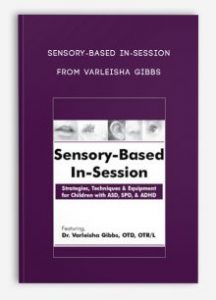 Sensory-Based In-Session from Varleisha Gibbs
Sensory-Based In-Session from Varleisha Gibbs
More information about Medical:
Medicine is the science and practice of establishing the diagnosis, prognosis, treatment, and prevention of disease.
Medicine encompasses a variety of health care practices evolved to maintain and restore health by the prevention and treatment of illness.
Contemporary medicine applies biomedical sciences, biomedical research, genetics, and medical technology to diagnose, treat, and prevent injury and disease,
typically through pharmaceuticals or surgery, but also through therapies as diverse as psychotherapy, external splints and traction, medical devices, biologics, and ionizing radiation, amongst others.
Medicine has been around for thousands of years, during most of which it was an art (an area of skill and knowledge) frequently having connections to the religious and
philosophical beliefs of local culture. For example, a medicine man would apply herbs and say prayers for healing, or an ancient philosopher and physician would apply bloodletting according to the theories of humorism.
In recent centuries, since the advent of modern science, most medicine has become a combination of art and science (both basic and applied, under the umbrella of medical science).
While stitching technique for sutures is an art learned through practice, the knowledge of what happens at the cellular and molecular level in the tissues being stitched arises through science.
Outline:
Introduction
- The Neurological connection: background information on the Central Nervous System and Autonomic Nervous System and self-regulation
Research
- Theories and principles for treatment interventions: To include Polyvagal and Sensory Integration theories
Current Treatment and Intervention
- Traditional Strategies: When and how to use swings, climbing, and crashing activities
- Sound-based Therapies: Identify what music to use, when to use it, and for whom
- Movement Therapies: Appropriate use of yoga, Pilates, dance and drum therapy
- Vision Therapies: Use eye yoga and tracking games
Application of Strategies that work
- Awakening the Vagus Nerve: The use of breathe, Valsava, and massage
Description:
Join sensory and self-regulation expert, Varleisha Gibbs, OTD, OTR/L, and discover various sensory strategies, techniques, and equipment to use when working with children with ASD, SPD, and ADHD. The underlying neurological components will be reviewed to connect neuroanatomy to practice. Through live demonstrations at a sensory clinic, you will learn what types of equipment you should purchase for your clinic as well as their appropriate use, when to use them, and for how long. Video examples of children in a sensory clinic will be used to demonstrate correct versus incorrect methods including how to maneuver the equipment for the sought response as well as what happens when equipment is used incorrectly.
A unique emphasis will be given to the neurological background, in relation to specific treatment techniques. Evidence-based practice will be an integral part of reviewing theories and current treatment techniques. Treatment techniques to be analyzed include: sound-based, movement, and vision-based therapies.


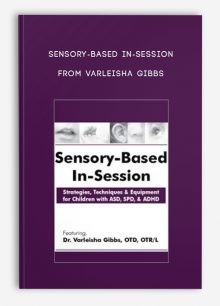


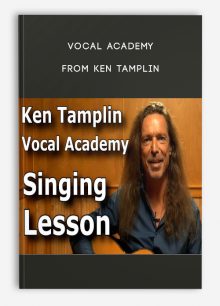
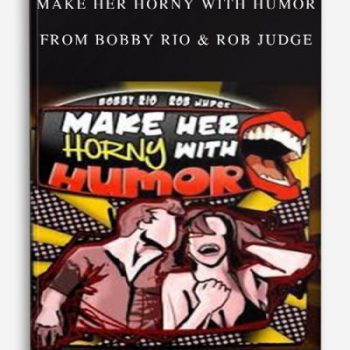
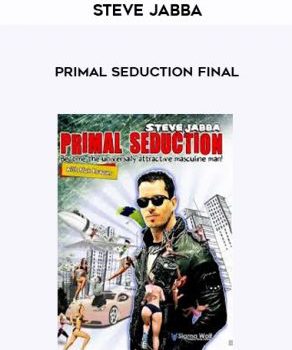
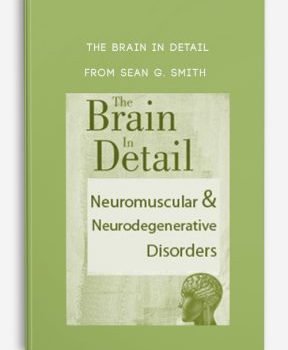
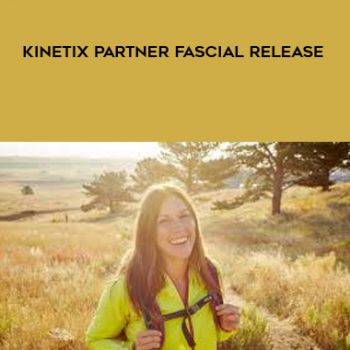
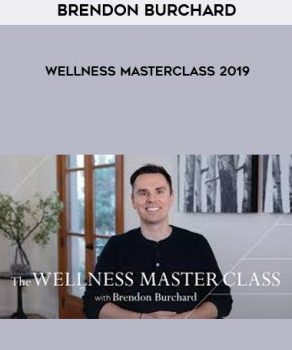
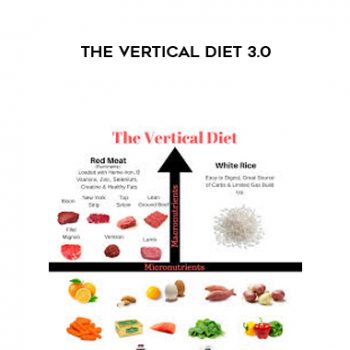

tristian –
This is Digital Download service, the course is available at Coursecui.com and Email download delivery.